No products in the cart.
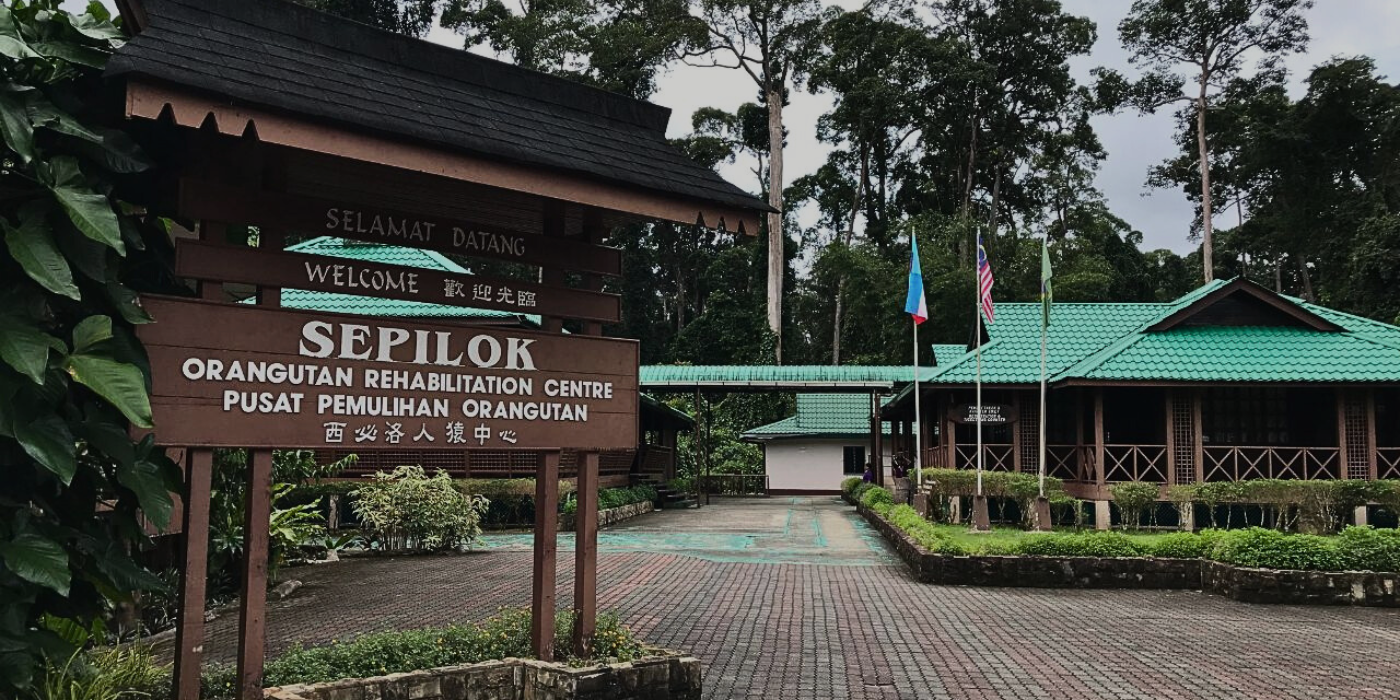






Respect the rules: no flash, no touching, and no feeding.
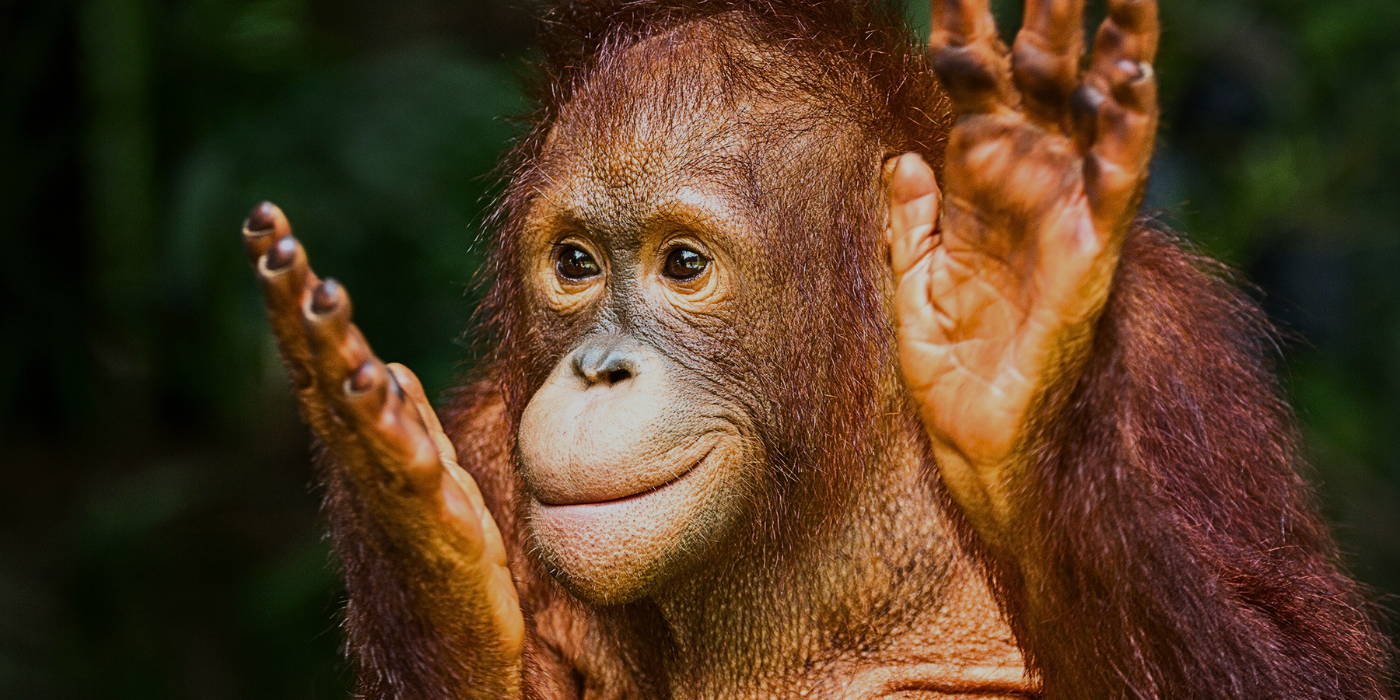

The best time to visit is during the dry season from March to October, when weather conditions are ideal for jungle walks and wildlife sightings. Orangutans are most active during the scheduled feeding times at 10:00 AM and 3:00 PM, so plan your visit around these hours for the best experience.
The fastest way is to take a direct flight from Kota Kinabalu to Sandakan, which takes about 45 minutes. From Sandakan Airport, it’s a 30-minute drive to Sepilok by taxi or Grab. You can also take a long-distance bus or self-drive for a more scenic route, though this will take 6–8 hours.
No, the Orangutans in Sepilok are not kept in cages. They live freely within the surrounding protected rainforest, returning to the centre’s feeding platforms voluntarily. Sepilok is a rehabilitation facility, not a zoo, and aims to prepare orangutans for eventual release into the wild.
Direct volunteer opportunities at Sepilok are limited to trained professionals, as working with endangered wildlife requires specific skills and permits. However, travelers passionate about conservation can support by donating, adopting an orangutan through partner programs, or visiting responsibly to raise awareness.
Yes, the centre is relatively accessible. The main boardwalks and feeding platforms are built on raised, flat wooden paths, making it manageable for those with limited mobility or families with strollers. However, some areas of the surrounding forest trails may not be suitable for wheelchairs or those with walking difficulties.



Quick Navigation
Toggle

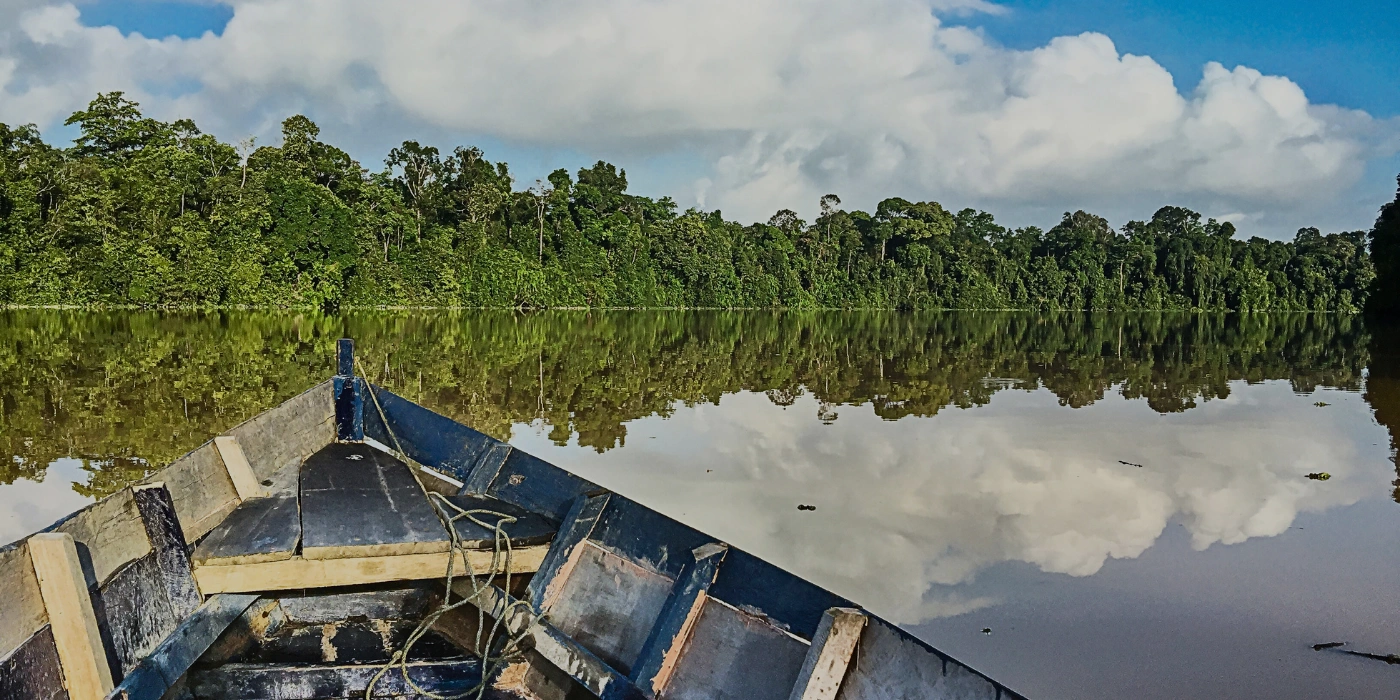


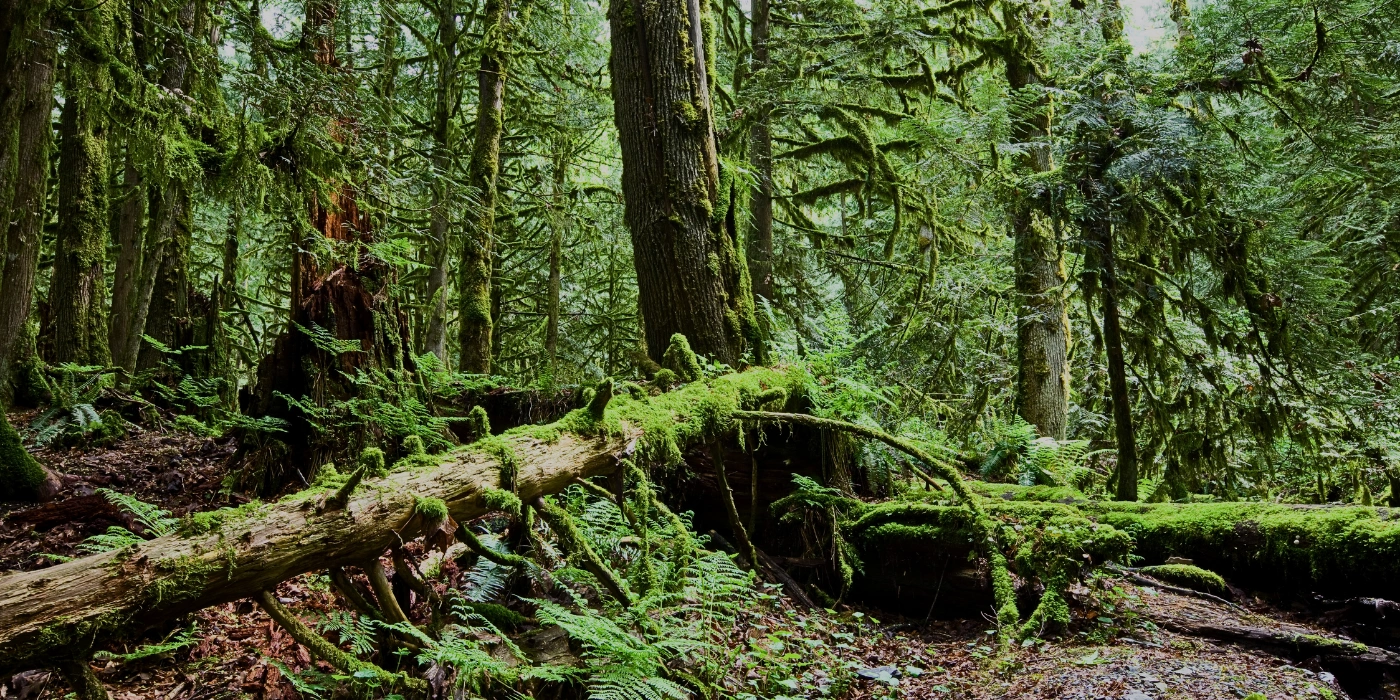
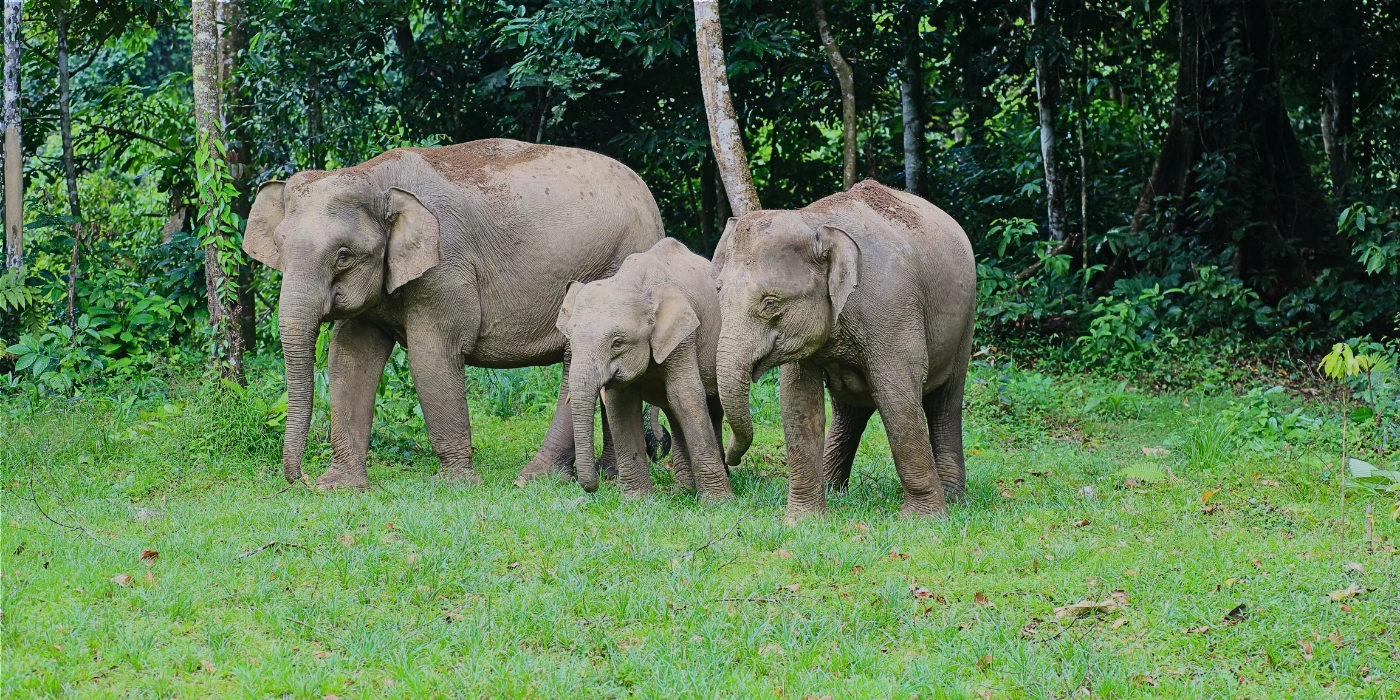
Explore Nature. Embrace Conservation. Experience Malaysia
Top Destination
Follow Us
Payment channels

To improve your experience, we use cookies to store and access device data. You can accept all cookies, customize your choices, or decline non-essential ones. Learn how we use cookies in our Cookie Policy
4 thoughts on “Sepilok Orangutan Rehabilitation Centre: What You Need to Know Before You Go”